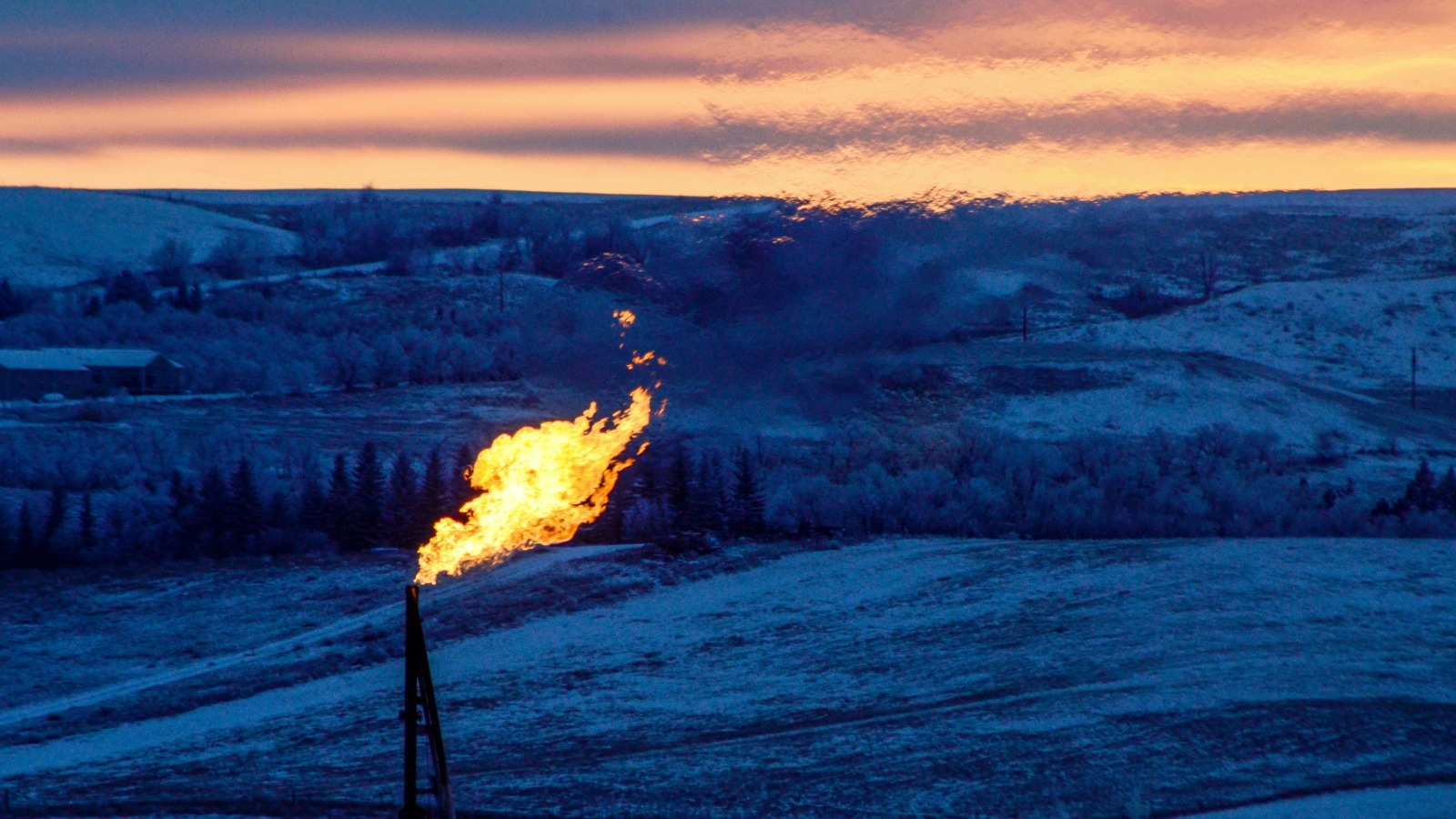On Thursday, the Environmental Protection Agency released its final regulations aimed at cutting methane emissions from new oil and gas infrastructure built after 2015. But as impressive as they sound on paper, the rule doesn’t answer the tough question: What is the United States doing about all the methane emissions from its existing infrastructure?
Between the new rule and a related set of 2012 regulations, EPA has suggested that we are currently on course for a 20 to 30 percent cut in methane emissions by 2025. However, the Obama administration has promised a 40 to 45 percent cut by that year, meaning more action is needed.
Thursday’s regulations only cover new and modified wells, and Environmental Defense Fund research suggests that by 2018, nearly 90 percent of methane emissions from the oil and gas sector will come from sources that existed before 2012.
As for these sources, EPA has issued a request that will “require oil and natural gas companies to provide extensive information needed to develop regulations” targeting emissions from existing infrastructure. Those regulations, however, likely won’t begin development until the next administration cozies up in the White House. (And depending on the administration, may never be developed at all!)
In the grand scheme of U.S. emissions, methane makes up about 11 percent of our greenhouse gases, and about one-third of that figure is from oil and gas. This is where the existing infrastructure starts to feel a little more pressing: If we take the EDF’s projection at face value, that means that the new rule will only address the sources of less than 1 percent of all U.S. greenhouse gas emissions.
Ignoring other greenhouse gases, even the methane front alone looks a little dismal. The United States has around 3 million abandoned wells, many of which are probably leaking the gas. The natural gas sector already loses about 1 to 3 percent of its product (which is mostly methane) due to leakage.
The regulations also neglect the agricultural sector, which accounts for about 9 percent of all U.S. greenhouse gas emissions. Methane emissions from agriculture increased 11 percent between 1990 and 2014, largely because of a 54 percent spike in greenhouse gas emissions from livestock manure management systems. Globally, agriculture is the largest source of emitted methane. EPA is currently barred from requiring livestock producers to report their emissions.
The EPA regulations do represent a step forward for curbing emissions — as well as for slashing emissions of smog precursors known as volatile organic compounds — but they’re by no means the one-size-fits-all plug for our methane leaks.



